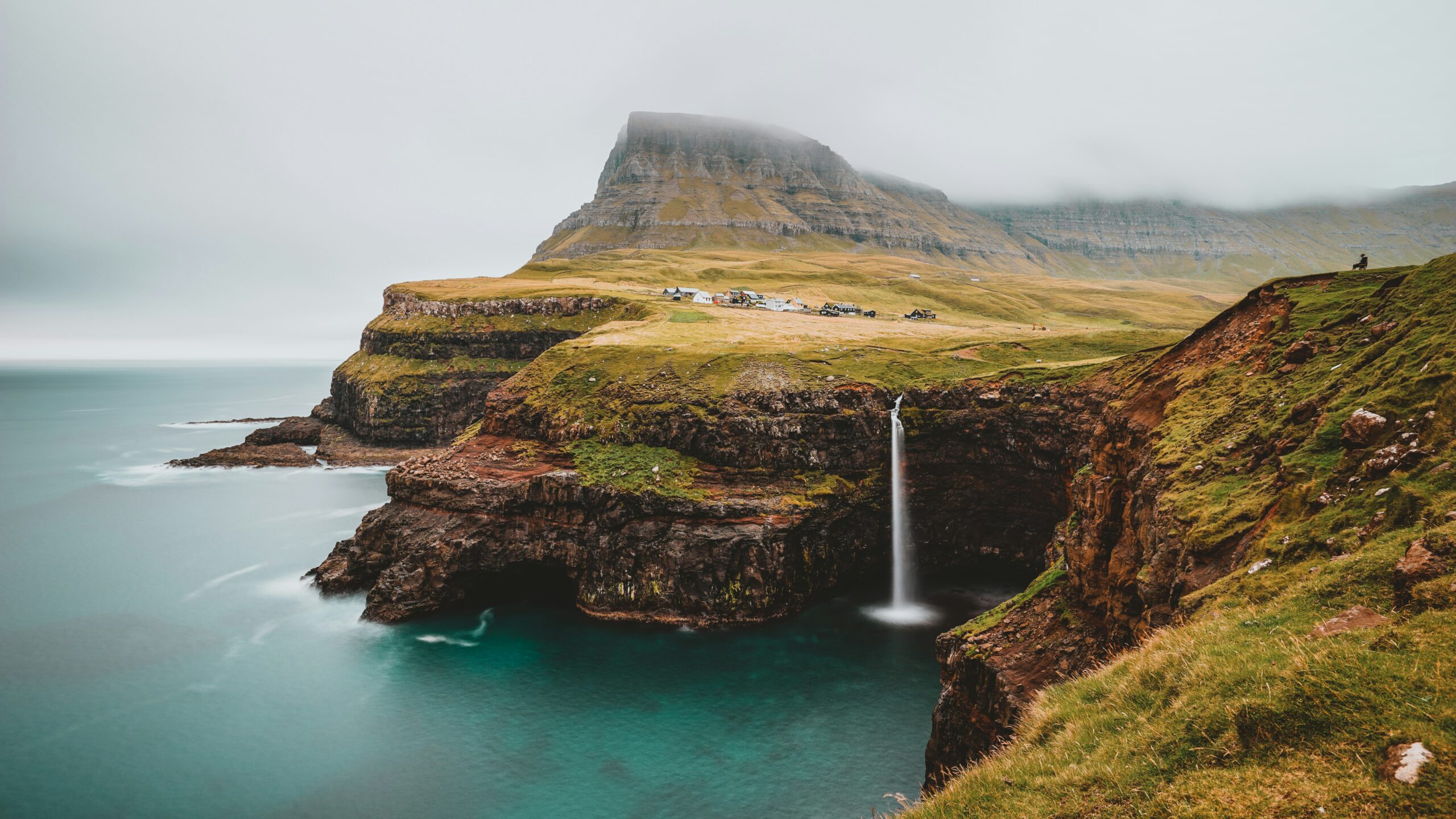Introduction
Welcome to the enchanting Faroe Islands, a hidden gem nestled in the North Atlantic. This archipelago, consisting of 18 islands, offers visitors a unique blend of breathtaking landscapes, rich cultural heritage, and warm hospitality. Whether you are planning to visit, stay, work, study, or do business in the Faroe Islands, this guide will provide you with all the essential information you need.
Location and Surface Area
The Faroe Islands are located between Iceland and Norway, approximately 320 kilometers northwest of Scotland. This remote destination is spread across an area of 1,399 square kilometers, with the largest island, Streymoy, being home to the capital city, Tórshavn.
Climate
The Faroe Islands experience a maritime subpolar oceanic climate, characterized by mild winters and cool summers. The weather can be unpredictable, with frequent changes in temperature and rainfall. It is advisable to pack layers and be prepared for all types of weather conditions.
Fauna and Flora
The Faroe Islands boast a diverse range of flora and fauna. The rugged landscapes are home to numerous bird species, including puffins, guillemots, and fulmars. The surrounding waters are teeming with marine life, such as seals, whales, and dolphins. The islands are also known for their lush green meadows, wildflowers, and unique plant species.
Attractions
From dramatic cliffs and cascading waterfalls to picturesque villages and ancient ruins, the Faroe Islands offer a plethora of attractions for visitors to explore. Be sure to visit the iconic Mulafossur Waterfall, the historic village of Kirkjubøur, and the dramatic sea stacks of Drangarnir. Outdoor enthusiasts can indulge in hiking, birdwatching, and fishing amidst the stunning natural landscapes.
Population and Languages
The Faroe Islands have a population of approximately 52,000 people. The official languages are Faroese and Danish, with English widely spoken and understood, especially in tourist areas.
Currency
The currency used in the Faroe Islands is the Faroese króna (DKK). Credit cards are widely accepted, and ATMs are available in most towns and cities.
Visa Requirements
If you are a citizen of the European Union, you do not need a visa to visit the Faroe Islands. Visitors from other countries should check the visa requirements before planning their trip. The Faroe Islands are not part of the Schengen Agreement, so separate entry requirements may apply.
Culture and Customs
The Faroese people take great pride in their unique cultural heritage. Traditional music, dance, and storytelling are an integral part of their identity. It is customary to greet people with a handshake and maintain eye contact during conversations. The locals are known for their warm hospitality and welcoming nature, making visitors feel right at home.
Main Cities
While Tórshavn is the capital and largest city of the Faroe Islands, other notable towns and villages include Klaksvík, Runavík, and Tvøroyri. Each place has its own charm, with colorful houses, quaint streets, and stunning coastal views.
Airports and Airlines
The Faroe Islands are served by Vágar Airport, located on the island of Vágar. Several airlines offer regular flights to and from the islands, including Atlantic Airways and Scandinavian Airlines. The airport is well-connected to major European cities, making it convenient for travelers from around the world.
Conclusion
Whether you are drawn to the rugged landscapes, the rich cultural heritage, or the warm hospitality of the Faroese people, a visit to the Faroe Islands is truly an unforgettable experience. From exploring the majestic natural wonders to immersing yourself in the vibrant local culture, the Faroe Islands have something to offer every visitor. Plan your trip today and discover the hidden treasures of this remarkable destination.

